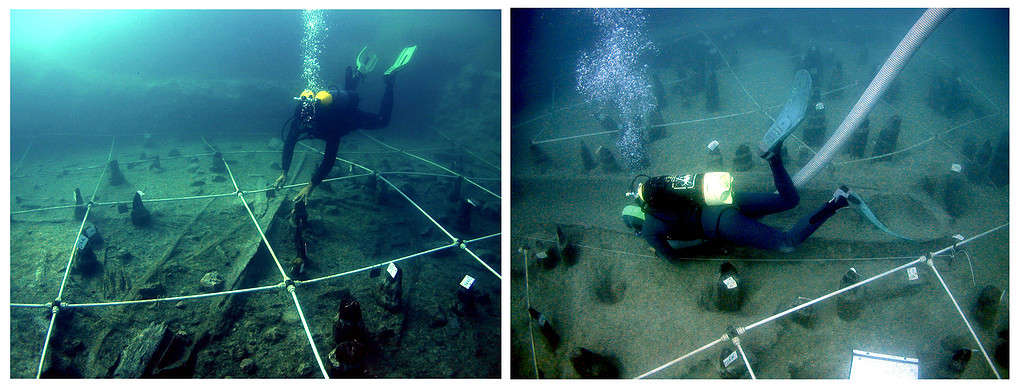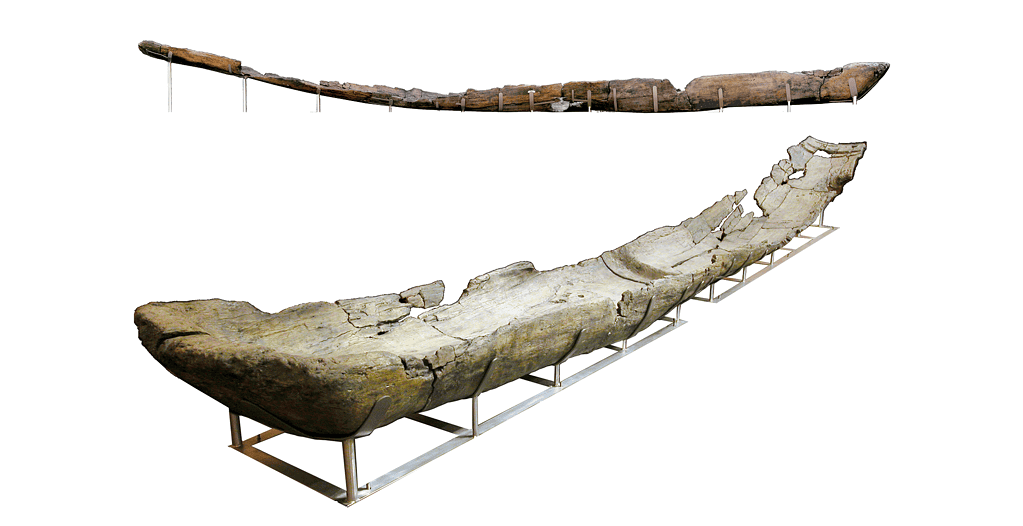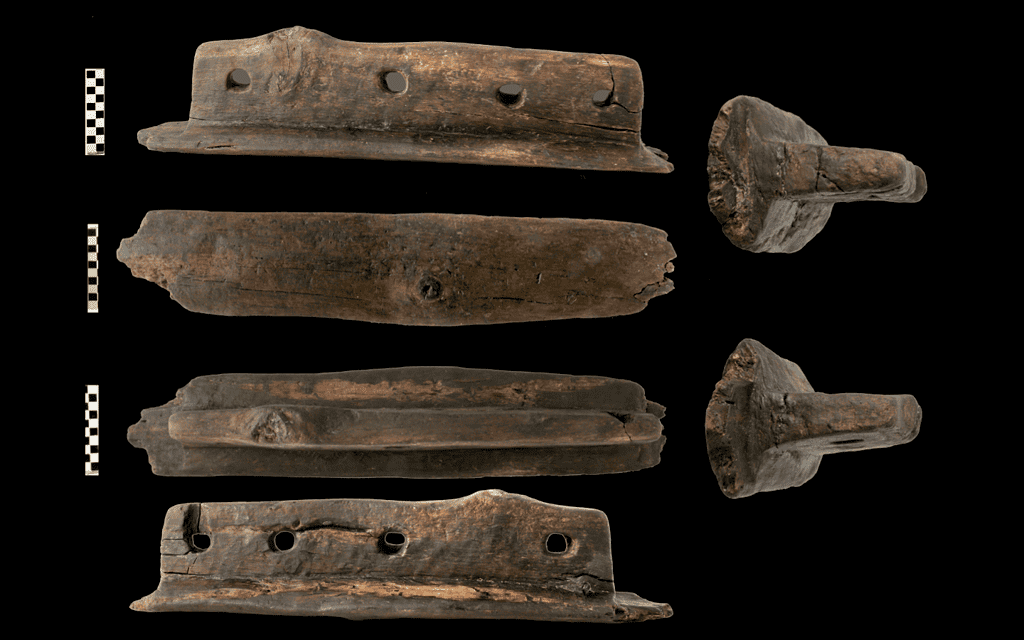Thousands of years before the Romans exerted complete control over the Mediterranean Sea, another civilization used canoes to get around the Mediterranean. Now, a team of archaeologists have unearthed the surprising technology that these people used to build boats.

Many of Europe’s most prominent civilizations relied on the Mediterranean for transportation and exchange of goods — and during the Neolithic was no exception. Plenty of communities on the shores of the sea traveled and traded across the waters, as documented by archaeological findings. But not that much is known about the seafaring capability of these early communities. This is exactly why the site of La Marmotta in Italy is so important.
Sunken archaeological treasure
La Marmotta is an important submerged archaeological site located near Anguillara Sabazia on the shores of Lake Bracciano, north of Rome. It is most notable for the discovery of a Neolithic village that dates back to around 5,700 BCE, making it one of the oldest known pile-dwelling (or stilt house) settlements in Europe.
One of the most significant discoveries at La Marmotta was the remains of boats that date to the Neolithic, more than 7,000 years old. These ancient boats are some of the oldest known examples of watercraft in Europe. Their discovery highlights the advanced technological capabilities and the importance of waterborne transportation for Neolithic communities in the region.
In a new study, a team led by Juan F. Gibaja of the Spanish National Research Council, Barcelona, describe a set of exceptional prehistoric boats. Not only are these boats built from different types of wood, but their construction shows an intricate understanding of wood properties and structural design.
“The preservation of the plant remains at La Marmotta, especially the canoes, has changed our perception of Neolithic communities,” the researcher told ZME Science in an email. “They were much more technologically advanced than we thought and possessed extensive knowledge passed down through generations about the techniques for crafting these canoes. It is significant that they were made from different types of wood because it demonstrates their understanding of the diverse uses of various tree species. Not all trees would have been suitable for making canoes.”
Big canoes

The boats are essentially canoes ranging in length from 6 to almost 11 meters. They were crafted by the early farming and pastoral communities of the Neolithic, who arrived in Italy some 7,700 years ago.
They are not the oldest boats ever discovered, but they do show remarkable a level of seafaring sophistication.
“There are boats made by Mesolithic hunter-gatherer groups, predating the Neolithic period. Generally, these are much smaller canoes. The canoes at La Marmotta represent the level of technical knowledge related to canoe crafting. They demonstrate that for Neolithic
societies, it must have been relatively easy and quick to travel by sea. They are the origin of our current watercraft.”
The boats include some advanced construction techniques, such as transverse reinforcements. Furthermore, one of the canoes has three T-shaped wooden objects, each with a series of holes allowing for ropes to be tied to sails or other features. In fact, this is such an advanced design that it strongly indicates the local community had specialists dedicated to boat building.
“Obviously, canoes of that size, with such specialized T-shaped pieces embedded in the canoe’s wall, could only have been crafted by
individuals who are well-versed in canoe-making techniques. Crafting such canoes would have required individuals with extensive technical knowledge. Therefore, there likely would have been specialists dedicated to the crafting of these canoes. Even within Neolithic
societies, it is highly plausible that there was a division of labor.”

A “globalized” Mediterranean?
Perhaps the most important conclusion from all of this revolves around the mobility of these cultures. We tend to think of these prehistoric communities as static but judging from these boats and many other pieces of evidence (such as many diverse coastal settlements that seemed to exchange goods), these people moved around a lot.
“The transportation of people and goods was likely more common than we might assume. The sea would have served as a swift means of travel, both for trade and for relocating to different living areas,” Gibaja told ZME Science.
There’s also plenty of interesting findings just waiting to be discovered. Archaeologists have only uncovered a portion of the site at La Marmotta, and there are plenty of other equally interesting sites where such boats may be preserved. By finding and analyzing these sites, concludes Gibaja, “we may gain a better understanding of the naval technology of those societies and their social organization.”
Journal Reference: Gibaja JF, Mineo M, Santos FJ, Morell B, Caruso-Fermé L, Remolins G, et al. (2024) The first Neolithic boats in the Mediterranean: The settlement of La Marmotta (Anguillara Sabazia, Lazio, Italy). PLoS ONE 19(3): e0299765. https://doi.org/10.1371/journal.pone.0299765









